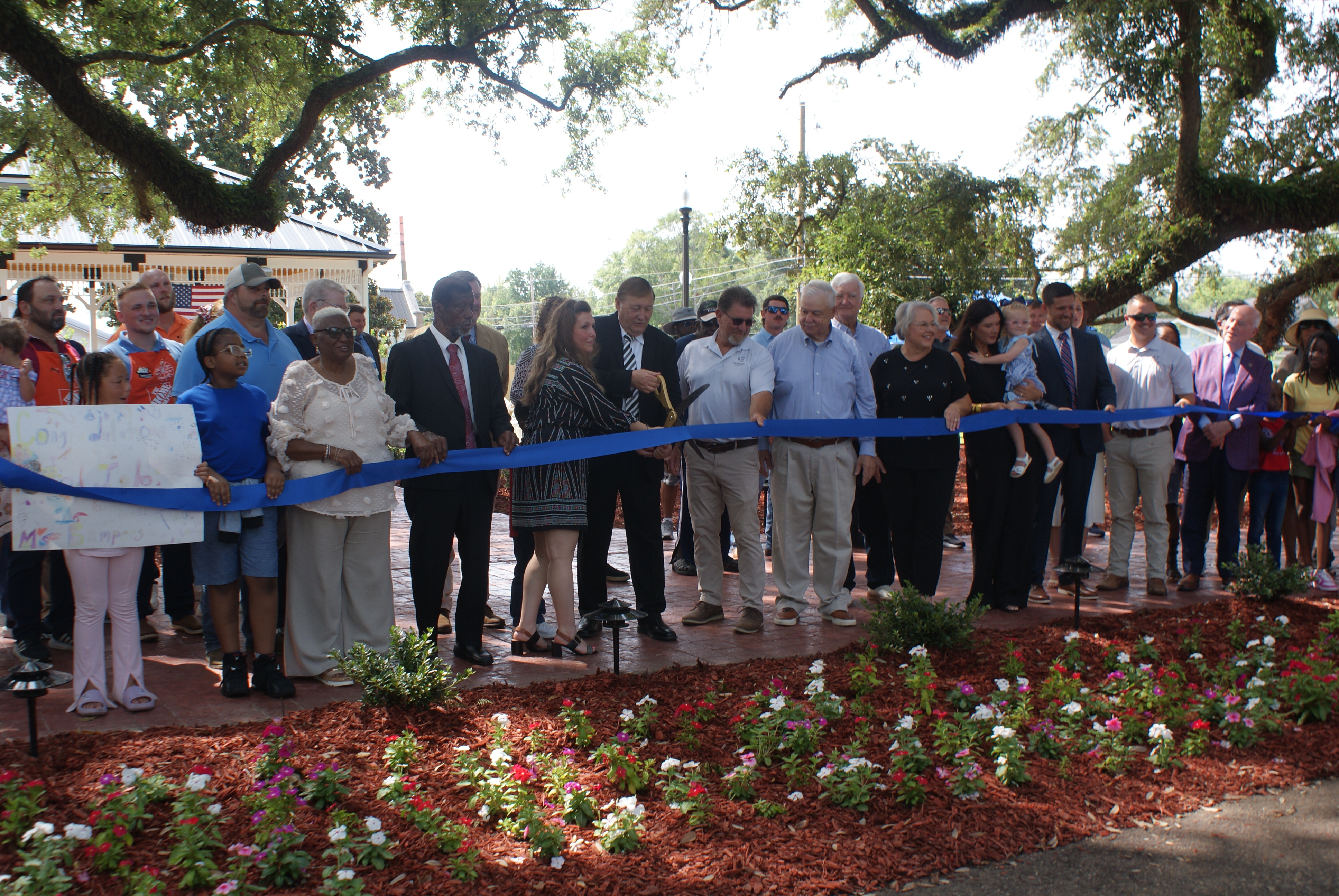Solid waste get some slack
Published 7:31 pm Friday, July 14, 2006
The Solid Waste Committee is in discussions with Waste Management to work out an agreement so operations at Central Landfill in Millard may please residents of the county.
A past major concern of the site was that waste was proposed to come in from the New Orleans area, nicknamed Cancer Alley.
“It should be called the industrial corridor,” Richard Swenson said.
However, Swenson said that there are 357 facilities that are believed to produce cancer causing waste. To resolve concerns Pearl River County residents had on the matter, Waste Management has removed that area from their proposed collection area.
In the Thursday night meeting, more discussion on how the county can better benefit from the presence of Central Landfill dealt with ground sediment discussions.
One concern is about the liner on the bottom of the site and whetheer it may breech, leaking the leachate, or waste liquid, into the ground water. Richard Bennett, a professional geophysicist, said that while the Department of Environmental Quality deemed the site safe, there are things to consider, such as the variability of what makes up sediment beneath the site. Bennett said that the sediment underneath the landfill is not as consistent as the designers would like. Those variations in what makes up the sediment give no guarantees as to the structural stability of the liner and other precautions such as low permeable clay used to separate the waste from the ground water.
Waste Management Regional Manager Mike Hall said that DEQ must adhere to strict guidelines and that for all intents and purposes the site is safe, “but we do not live in a perfect world.”
County Administrator Adrain Lumpkin asked Bennett if DEQ is sending down guidelines that need to be questioned. Bennett said they are marginal in his opinion.
Swenson then mentioned that if the waste is piled too high it could put more stress on the liner, possibly leading to a breech.
Hall responded that the site was designed by professionals, but admits that bore holes to test the consistency of the sediment can’t be done all over the site.
Swenson proposed keeping the height to a minimum to avoid any more risk of a liner breech.
“We want to be transparent, we want the people to be as comfortable as they can get,” Hall said.
Bennett said if Waste Management can ensure the safety of the site some concerns of the public could be alleviated.
In the future, Swenson would like to see the county begin utilizing a recycling program, which would save space in the landfill.
“When we generate a new contract, we should keep the future in mind,” Swenson said.
Lumpkin said in order to get a recycling program going with effectiveness, the county will have to start with young people to change the mindset of the residents.
Swenson then touched on how recording of incoming county resident tonnage is not consistent with Hall’s figures. Swenson said he recently brought a load of waste to the site and was the only one he saw that was properly weighed. Other residents passed through the scales with only tare weights while carrying extra people and pets in the vehicle, offsetting the tare weight used, Swenson said. Such activity could not possibly provide an accurate tonnage, Swenson said.
Swenson also said he had discussions with other county residents who were being charged close to $30 a ton to bring in demolition waste, to which he had invoices.
Committee member Jerry Odom, who owns his own county waste collection business, said he pays about $19 with all the charges and fees to bring waste to the site while he runs his business.
Hall seemed perplexed at Swenson’s findings and said he would have to look into the matter further.
The next meeting of the Solid Waste Committee will be held at 6:30 p.m. at the Millard jail on Thursday, July 27.





